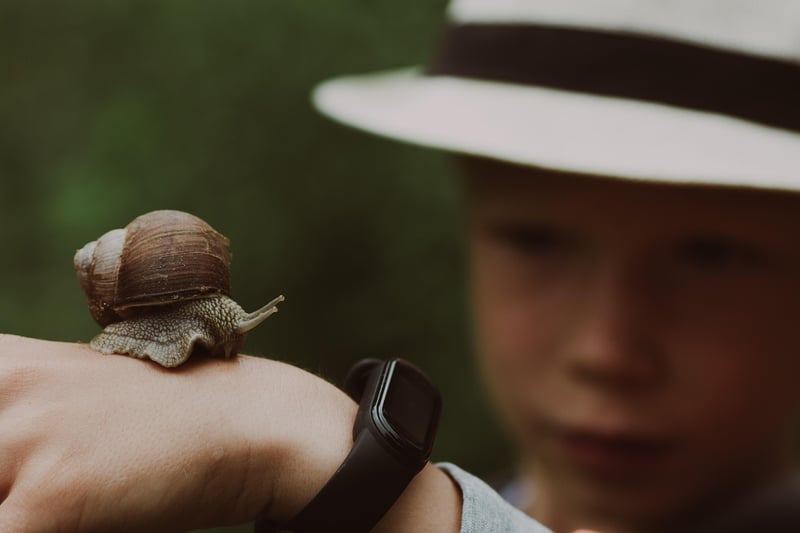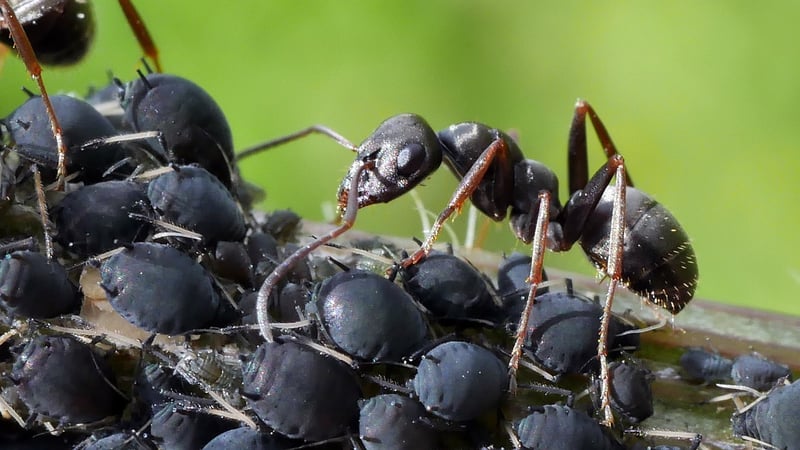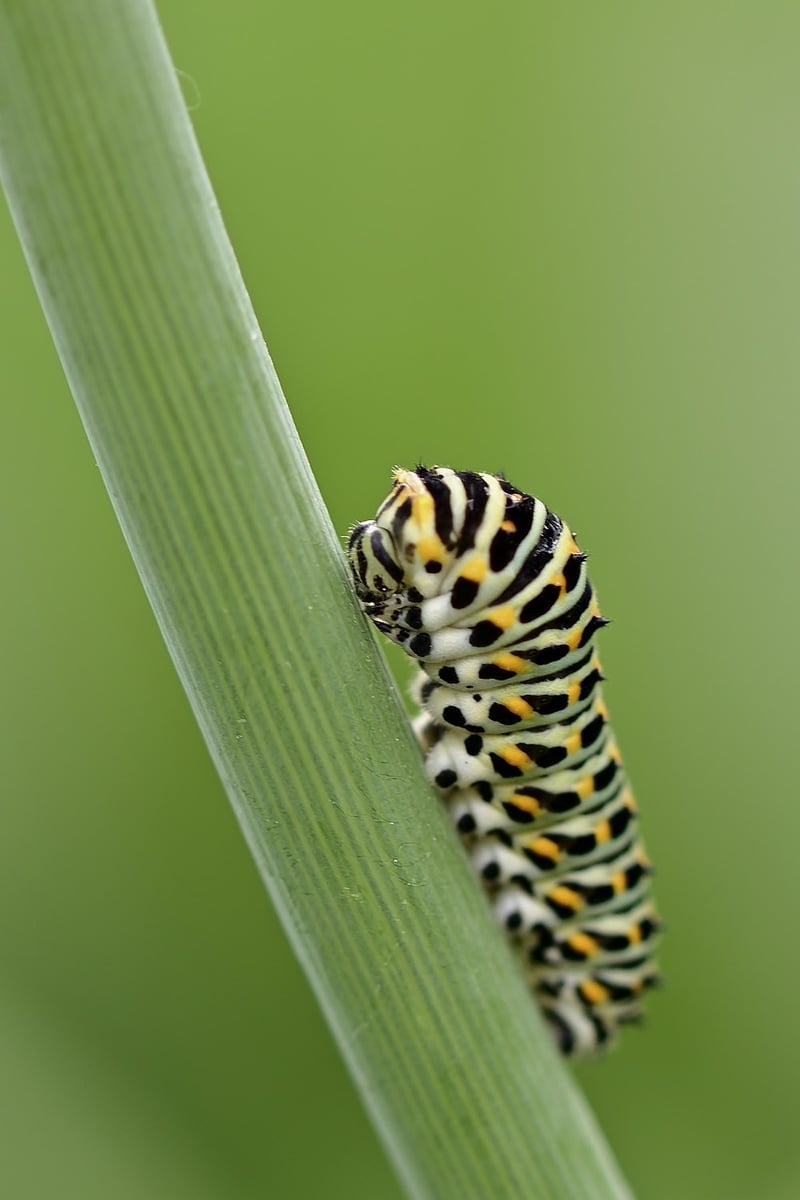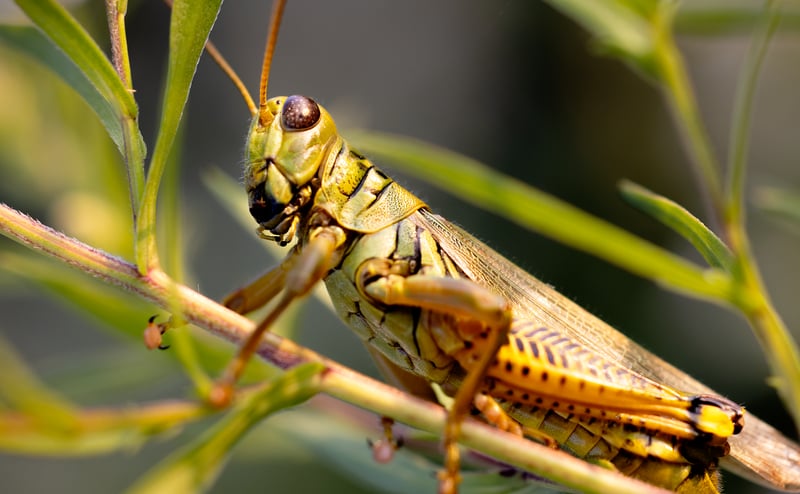Common Pests
Protecting Your Plants from Common Pests
Keeping your plants healthy and thriving involves more than just watering and sunlight. One of the key challenges that gardeners face is dealing with pests that can damage or destroy plants. Understanding common pests and how to protect your plants from them is essential for a successful garden. Here are some tips to help you keep your plants safe:
Identifying Common Pests
Before you can effectively protect your plants from pests, you need to be able to identify them. Some of the most common garden pests include:
- Aphids: Small insects that feed on plant sap, causing leaves to yellow and distort.
- Slugs and Snails: These creatures can chew through leaves and stems, leaving a trail of slime behind.
- Caterpillars: The larvae of butterflies and moths that can voraciously eat through foliage.
- Spider Mites: Tiny pests that suck the juices from plants, causing leaves to stipple and turn yellow.
- Whiteflies: Small, moth-like insects that congregate on the undersides of leaves and suck plant juices.
Protecting Your Plants
Once you have identified the pests in your garden, it's time to take action to protect your plants. Here are some eco-friendly methods to keep pests at bay:
- Handpicking: For larger pests like caterpillars, physically removing them from your plants can be effective.
- Neem Oil: A natural insecticide that can help control a variety of pests without harming beneficial insects.
- Beneficial Insects: Introduce ladybugs, lacewings, or parasitic wasps to your garden to prey on harmful pests.
- Companion Planting: Planting certain herbs and flowers alongside your vegetables can help deter pests.
- Row Covers: Use physical barriers like row covers to protect your plants from flying insects.
Conclusion
By being proactive and implementing these strategies, you can protect your plants from common pests and ensure a bountiful harvest. Remember to regularly inspect your plants for signs of pest infestation and take prompt action to prevent damage. With the right approach, you can enjoy a thriving garden free from pesky invaders.



